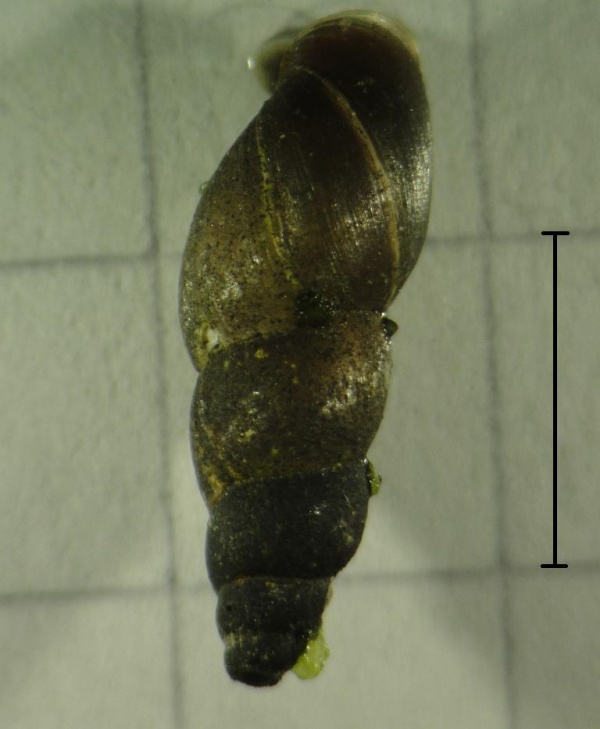Facts About Omphiscola glabra
Omphiscola glabra is a freshwater snail belonging to the family Lymnaeidae, found throughout Europe, ranging from southern Scandinavia to Spain. This small, air-breathing mollusk faces significant survival challenges. In Germany, it is endangered, critically endangered in Western Germany, extinct in Bavaria, and considered vulnerable in Great Britain. The principal threats to its existence include habitat destruction, drainage, intensive agriculture, and eutrophication.
These snails possess cylindrical shells that are typically brown or black, with a blunt apex and 7-8 moderately rounded whorls. They generally range from 9-20 mm in height and 3-5.5 mm in width. Omphiscola glabra prefers habitats such as swampy meadows, ditches, and still waters with abundant vegetation and leaf litter. Unfortunately, their populations are declining, especially in Central France, due to modern agricultural practices.
Reproduction for these snails begins in May, with juveniles emerging after 15-25 days of incubation. They produce two generations each year. Notably, Omphiscola glabra can serve as an intermediate host for several species of digenean trematodes, including Fasciola hepatica, Calicophoron daubneyi, Haplometra cylindracea, and possibly Fascioloides magna.

 Ireland
Ireland